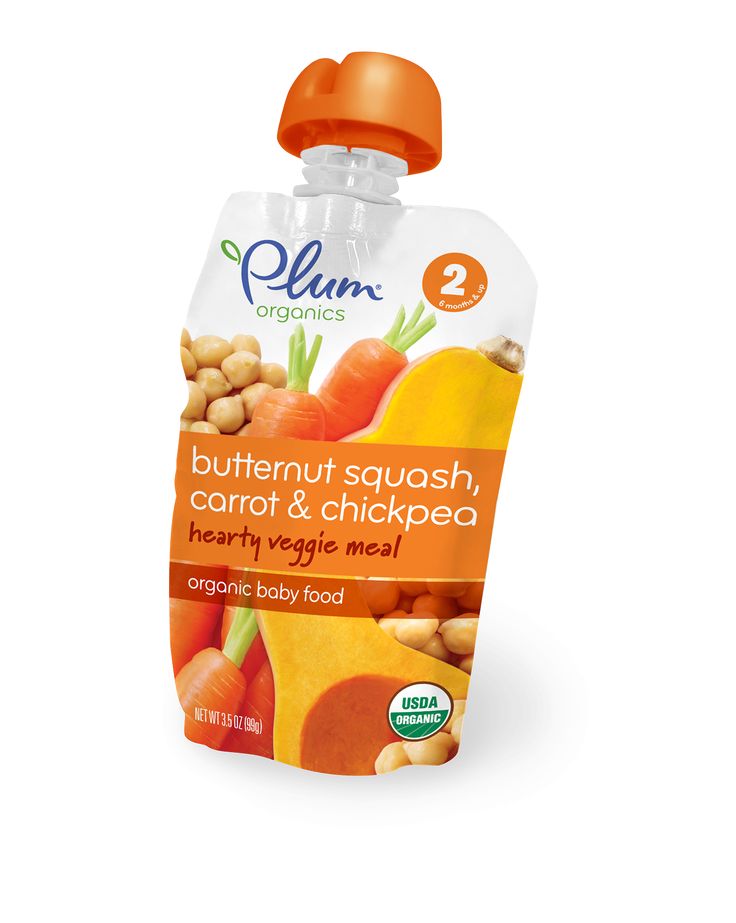1 and half year baby food chart
12-18 Months Baby Food Chart
last updated: by Kalyani
12-18 Months Baby Food Chart -Now your tiny little bundle of joy is one year. I am sure you have thoroughly enjoyed this beautiful journey with your baby:) You have watched as your baby grows from first smiles to first steps. By now, your baby is ready to enjoy a variety of family foods.
What kind of foods should I give my 12-18 months old?You can give all the foods you cook for your family with fewer spices. Offer a variety of food each day. Your child may have few front teeth now, can chew some foods. But it is still a good idea to mash or cut into small pieces (1/2 inch or less) while giving the meat or any hard foods if it is tough to chew.
Now your child is one year, she can drink cows milk. Cows milk is a readily available source of calcium, and it also provides essential vitamins and proteins for your child. Also, you can continue breastfeeding as long as you and your baby are comfortable.
Prefer whole milk until three years as toddlers need fat in their diet for growth and development. Give only 200 - 300 ml (at the max) of cows milk (in a cup) per day. Anything beyond the recommended amount of cows milk leads to less appetite in toddlers. Also, don't dilute the milk with water as it reduces its nutrition content.
If your baby is not interested in taking plain milk, you can try to flavor the milk with natural homemade flavors, or add milk to porridge's/kheer/desserts or include dairy products such as curd/yogurt, paneer, cheese, etc.
Should my 12-18-month-old feed herself?By now, your toddler might be ready for self-feeding, though she might not be able to do it perfect. She should be able to hold and drink from a cup with little help and may be interested in eating with spoon/fingers. Foods can be cut into pieces so that she can be able to feed herself with fingers. Encourage self-feeding if your toddler is ready and eat as a family whenever possible. It helps in developing good eating habits.
Foods can be cut into pieces so that she can be able to feed herself with fingers. Encourage self-feeding if your toddler is ready and eat as a family whenever possible. It helps in developing good eating habits.
Finger foods such as chunks of soft-cooked vegetables, fruits, cheese, toasted paneer, homemade cookies/crackers, boiled eggs are easy to prepare and mostly loved by children of this age, and they can experiment on feeding themselves.
What changes can I expect in my one-year-old baby's appetite?After one year, your baby's growth rate naturally slows down, and hence, your baby's appetite might have decreased than before. Also, your toddler might be interested in exploring the world around than eating. The quantity of food consumed on each day may vary from large to small amount depends on the appetite of your child. Be assured that your child knows when she is hungry, and they won't stuff needlessly.
Here are some tips for the fussy eating toddler
- Never force your baby to finish the meal. Let them take their own time and enjoy the food. If your baby refuses food, try again a little later on.
- Encourage self-feeding by offering plenty of finger foods.
- Let your baby experience the food even it is more of playing and a mess.
- Offer a variety of nutritious small meals.
- Reduce sugary foods and avoid processed/junk food as much as possible.
- Be an example for your child in food habits.
For 12-18 months baby, you can offer three meals, two snacks, and cows milk. If you are a breastfeeding mom, You can continue breastfeeding whenever your baby demands. Choose the timings for meal and snack according to your child's preference. Try to give food at regular intervals. If your child refuses food, try again a little later on.
If your child refuses food, try again a little later on.
To ensure your child gets a balanced meal, aim for a variety of foods from four primary food groups as listed below. For the quantity of food, always be guided by your child's hunger as appetite varies from baby to baby, and most babies change from day-to-day. Here is an approximate amount, Offer a serving from within these portion size ranges at each meal and snacks.
- Whole Grains, Cereal & Carbohydrates - 1/4 cup to 1/2 cup
- Fruits & Vegetables -1/4 cup to 1/2 cup
- Milk & Dairy Products - 1 cup
- Meat/Protein/Meat Alternatives - 1/4 cup
Here is a sample food chart with recipes (please click on the hyperlink to get the recipes) for 12-18 months old baby. Please consider the below points before using this food chart:
Please consider the below points before using this food chart:
- Never introduce more than one food at a time when adding new food to your baby.
- Check for allergy symptoms when you are introducing new food to your baby and stop feeding your baby if you find any signs.
- This food chart is prepared to give an idea of what foods can be included in babies diet. It should not be considered as medical advice.
- Always check with your pediatrician before introducing any new food.
Check out a variety of recipes for babies that are suitable for babies from 6 months to 5 years!
- Baby Food Recipes (from 6 months to two years)
- Toddler Food Recipes
- Healthy Weight Gain Food Videos for Babies
Food Advertisements by
1 Year (12 Months) Old Baby Food Chart Along with Recipes
At FirstCry Parenting, our aim is to give you the most elevant, accurate and up to date information.
Every article that we publish, confirms to stringent guidelines & involves several levels of reviews, both from our Editorial team & Experts. We welcome your suggestions in making this platform more useful for all our users. Write in to us at [email protected]
- Video: Food Ideas for 1 Year Old Baby
- Foods for your Twelve Month Old Baby
- Video: Diet plan for 1 Year Old Baby
- 1 Year Old Baby Food Chart/Feeding Schedule
- Video: 1 Year Old Baby Food Recipes
- Best Baby Food Recipes for 1 Year Old
- Feeding Tips
Last Updated on
The average age for teething in children is between six to twelve months. With teeth, comes the ability to crunch and chomp down new, solid foods. But what exactly can you feed your baby?
With teeth, comes the ability to crunch and chomp down new, solid foods. But what exactly can you feed your baby?
Video: Food Ideas for 1 Year Old Baby
Also Read: Sample Meal Plan for 1 Year Old Baby
Foods for your Twelve Month Old Baby
There is no need to stress about preparing special food for your one year old. Whatever the rest of your family eats can be eaten by them too. You only need to take care to avoid as much salt in the food as possible. Of course, this does rule out most take-away and restaurant food, as they usually contain a lot of salt.
1. Cereal
All time classic! Cereals like flaked corn soften with milk and are easy to digest.Try to get whole grain cereal, as much as possible.
2. Cucumber
Cut up cucumbers are a rejuvenating snack anytime of the day. For your baby’s ease, the best way to cut them is lengthwise, making “cucumber-sticks” shaped like French fries. If it’s a hot summer day, a few cucumbers can easily prevent dehydration.
3. Dal
Dal is packed with protein, which helps in muscle development. Dal curry can be eaten with rice or chapatti and it doesn’t have a strong flavour. Be sure to cut up the chapatti into little nibble size pieces.
4. Vegetable Soup
This is easy to feed your one year old and it contains the goodness of all the vegetables you add in it. For instance, carrot soup would be good for the eyes, and potatoes contain fibre.
5. Soya
Soya granules are quickly becoming a standard substitute source of protein for pure vegetarians. The soft texture it becomes after cooking makes it an ideal food choice for babies.
6. Paranthas
A regular food for the family that can easily be eaten by the baby, too. The stuffing of vegetables or paneer makes it a balanced meal.
The stuffing of vegetables or paneer makes it a balanced meal.
7. Chicken
Be careful to buy organic chicken, or chicken that is certified to be free of hormonal treatments. Over cooking the chicken to make it softer is a good idea for your toddler. Also, avoid strongly spicy flavourings, and tear the cooked meat into tiny bits, removing the bones before your feed it to your child.
8. Fish
When preparing fish, always remember that frying it makes it lose a lot of its nutritional value, as opposed to using it in a curry. Like chicken, and indeed, more so, be very carefuhttps://parenting.firstcry.com/articles/paneer-for-babies-benefits-and-recipes/l to tear off the meat and make sure no bones remain, before you feed your child with it. Even the fine bones found in sea fish can get stuck in a toddler’s throat.
Also Read: Delicious Indian Food Recipes for 1 Year Old Baby
Video: Diet plan for 1 Year Old Baby
1 Year Old Baby Food Chart/Feeding Schedule
When planning your 12 month baby food schedule you do not have to go out of the way from your usual foods. If your weekly eating pattern has turned monotonous, this may be a good time to add a bit of colour to it, as your baby and you, both, need a well rounded, balanced diet. Here is a sample baby food chart:
Diet for a 12 Month-Old – Week 1, Day 1
Diet for a 12 Month-Old – Week 1, Day 2
Diet for a 12 Month-Old – Week 1, Day 3
Diet for a 12 Month-Old – Week 1, Day 4
| Breakfast | Dalia (broken wheat) |
| Mid-morning | Dahi (curd) with jaggery + ½ mango |
| Lunch | Jowar (sorghum)-wheat roti + chole palak + a few cherry tomatoes |
| Evening | Dahi (curd) |
| Dinner | Roti + sabzi + dal fry |
Diet for a 12 Month-Old – Week 1, Day 5
Diet for a 12 Month-Old – Week 1, Day 6
Diet for a 12 Month-Old – Week 1, Day 7
Diet for a 12 Month-Old – Week 2, Day 1
Diet for a 12 Month-Old – Week 2, Day 2
Diet for a 12 Month-Old – Week 2, Day 3
Diet for a 12 Month-Old – Week 2, Day 4
Diet for a 12 Month-Old – Week 2, Day 5
Diet for a 12 Month-Old – Week 2, Day 6
Diet for a 12 Month-Old – Week 2, Day 7
Diet for a 12 Month-Old – Week 3, Day 1
Diet for a 12 Month-Old – Week 3, Day 2
Diet for a 12 Month-Old – Week 3, Day 3
Diet for a 12 Month-Old – Week 3, Day 4
Diet for a 12 Month-Old – Week 3, Day 5
Diet for a 12 Month-Old – Week 3, Day 6
Diet for a 12 Month-Old – Week 3, Day 7
| Breakfast | Thalipeeth + milk |
| Mid-morning | Rajgira (amaranth) ladoo |
| Lunch | Jowar (sorghum) -wheat roti + lauki (bottle gourd) sabzi + chana dal + a few cherry tomatoes |
| Evening | Chana (chickpeas) powder mixed with dates ladoo |
| Dinner | Roti + dal + a sabzi of choice + a few slices of cucumber |
Diet for a 12 Month-Old – Week 4, Day 1
Diet for a 12 Month-Old – Week 4, Day 2
| Breakfast | Cheese vegetable pancake + milk |
| Mid-morning | Chopped guava or boiled carrot cubes |
| Lunch | Jowar (sorghum)-wheat roti + chole palak + a few cherry tomatoes |
| Evening | Mango/ strawberry yoghurt with oats or poha (flattened rice) soaked in dahi with mashed banana |
| Dinner | Curd rice with cucumber |
Diet for a 12 Month-Old – Week 4, Day 3
Diet for a 12 Month-Old – Week 4, Day 4
Diet for a 12 Month-Old – Week 4, Day 5
Diet for a 12 Month-Old – Week 4, Day 6
Diet for a 12 Month-Old – Week 4, Day 7
Video: 1 Year Old Baby Food Recipes
Best Baby Food Recipes for 1 Year Old
Make sure you get the chance to prepare the following dishes for your young one :
1. Fried Apple Rings
A quick, sweet snack!
Ingredients:
- 1 Apple
- 1/4 cup flour
- 1/2 teaspoon sugar
- Pinch of cinnamon
- 1/2 beaten egg
- 1/4 cup buttermilk
- A pinch of salt
How to Prepare:
- Mix flour, sugar, salt, cinnamon and set aside.
- Mix egg and buttermilk in a separate bowl.
- Slice the apple into 1/4 inch thick slices discarding the core.
- Mix the 2 bowls and dip the apple rings in them and deep fry them.
You can also coat the fried pieces with powdered sugar for older kids!
2. Besan Parantha
The high protein content in besan a.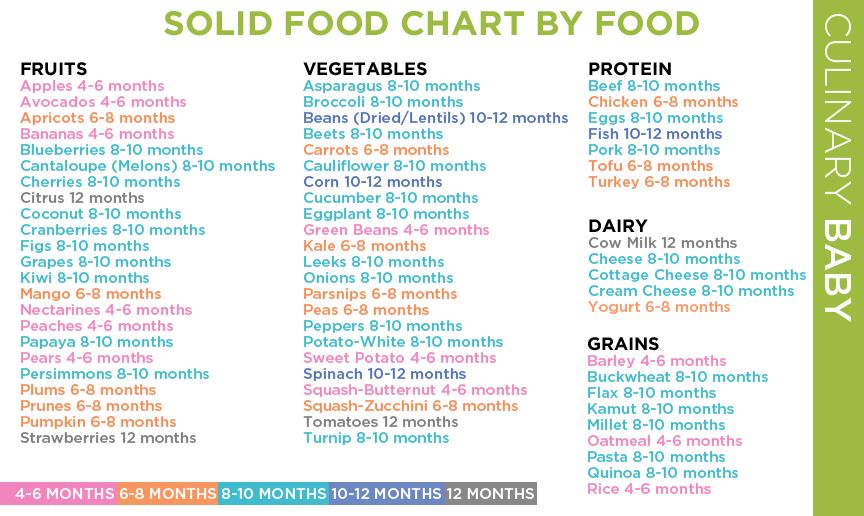 k.a chickpeas and the carbohydrates in paranthas make this a balanced way to start the day!
k.a chickpeas and the carbohydrates in paranthas make this a balanced way to start the day!
Ingredients:
- Whole wheat dough
- 2 tbsp besan
- 1/2 chopped onion
- Salt to taste
- 1 tsp coriander powder
- 1 tbsp chopped coriander
- 1 tsp garam masala
- 1 tsp carrom seeds
- 3-4 tsp oil
How to Prepare:
- Mix besan, onion, coriander powder, chopped coriander, carom seeds and garam masala.
- Knead this mixture into a dough wth a bit of oil. (Do not add water!)
- Use the wheat dough to make a chapatti and use the besan dough as filling.
- Cook on a tawa with ghee.
- Serve with butter or curd.
3. Ragi Laddu
Ragi is rich in iron and can help prevent anaemia by improving haemoglobin levels.
Ingredients
- 1 kg –Ragi Powder
- 1/2 kg – Powdered sugar
- 1/2 kg – Pure ghee
- Few Almond + cashew finely chopped
- 2 cardamom powdered
How to Prepare:
- Heat 250gms ghee in a pan and add the ragi powder to it.

- Keep roasting on low flame for almost 45 mins till it becomes darker brown.
- Add rest of ghee, chopped dry fruits and cardamom powder.
- Fry for more 10 mins on low flame .
- After it has cooled down, add powdered sugar and mix well.
- Shape into balls to form ragi laddoo!
4. Plain Khichdi
Khichdi is easy to make and can be made with many different bases, such as tomato khichdi, carrot khichdi, spinach khichdi, etc. Khichdi is traditionally known to be one of the first solid foods eaten by babies.
Ingredients:
- 2/3 cup rice
- 1/3 cup moong or toor dal
- Garlic – 2 optional
- Hing – optional
How to Prepare:
- Wash and soak the rice and dal in water for half an hour.
- Drain the water.
- Cook all the ingredients in a pressure cooker with 3 cups of water.

- Serve with ghee
5. French Toast
A quickly readied snack suited for mornings and afternoons. Did you know that in most European languages other than English, the name for French toast, translates, literally, to “Poor Knights”?
Ingredients:
- 2 slices brown bread
- 1 egg
- 1 small pureed banana
- ½ cup milk
- Oil
How to Prepare:
- Mix together milk, pureed banana and egg.
- Beat the mixture well to a runny consistency.
- Heat the oil in a pan.
- Dip bread piece into mixture and fry.
6. Barley Porridge With Banana
This semi-solid recipe is filling and yummy, and your little one is sure to enjoy this and, ask for seconds.
Ingredients:
- 1 cup barley
- 1 banana
- 3 cups water
How to Prepare:
- Add the water and barley in a vessel and pressure cook for 5 whistles.
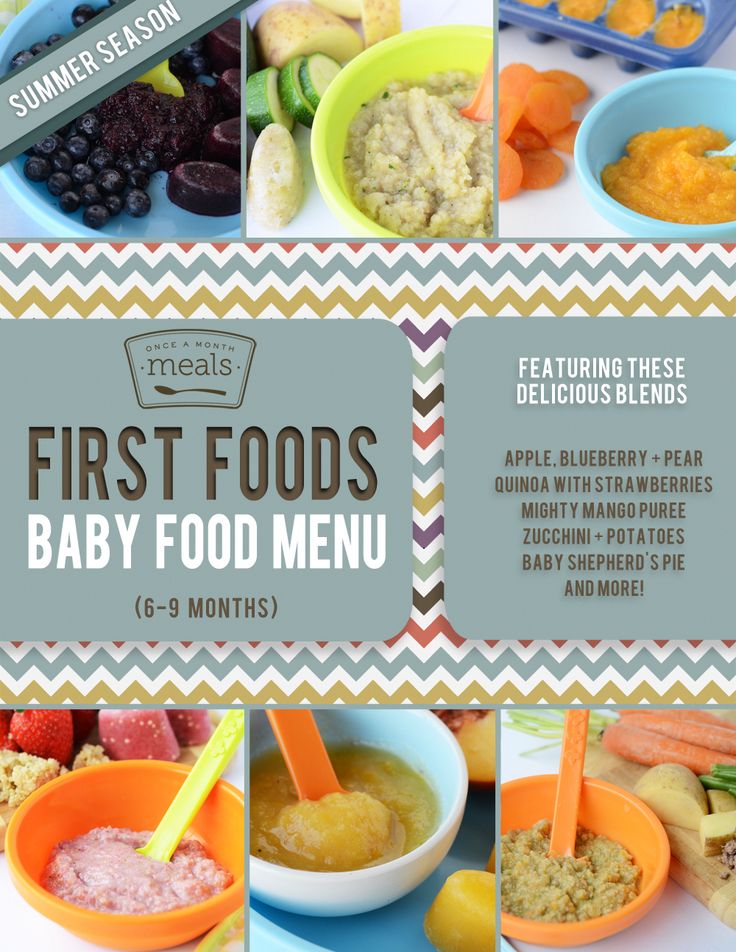
- Release the pressure and check the softness of the barley. If it isn’t soft enough, let it simmer, until perfect.
- Let this cool down completely and blend until smooth.
- Chop the banana into bite sized pieces, add to the porridge, and simmer for 2 minutes.
- Serve warm.
Feeding Tips
- When using homemade baby food recipes for one year olds, do not be afraid to go for variety! Some doctors believe that staying with the same food for long can lead to them to become fussy eaters.
- The “drawback” of going for a large variety of foods, is the increase in the possibility of your child ingesting some food that they may be allergic to. In most developed countries, allergy tests are a part of due medical process for babies. We would suggest you look into the options for the same!
- Do not jump from liquid to solid food. Take it slow. Move from softer textures to semi-solid foods before going on to solid foods.

- The best time of day to feed your baby solid foods is when they have just woken up in the morning or from a nap and are high on energy!
- Do not disregard the advantage of having a high chair to feed a baby. Not only is your baby safe and secure, but it is ergonomically easier on your back too – much needed after 9 months of pregnancy and a year of picking up after your infant!
- Its never too late to create a taste for healthy food for your one year old baby. It can take up to 15 tries before a child tries a new food. So, if they didn’t eat their carrots on Monday, don’t hold back from trying on Wednesday, and even next week!
- Don’t force feed anything to your child. It’s possible that they may not be hungry or just not enjoy a particular food. If they continue to refuse any particular food over a period of time, its okay. Just like you like and dislike certain foods, kids do as well.
Eating healthy isn’t a chore; it’s a habit.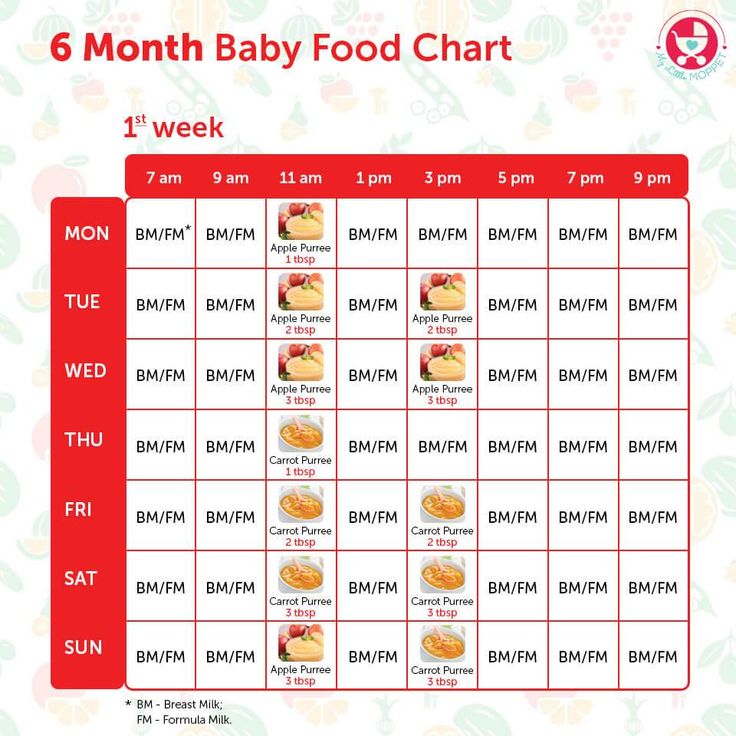 And there’s no better time to start eating healthy, than when you literally start eating.
And there’s no better time to start eating healthy, than when you literally start eating.
Disclaimer:
- Each child is different and so use these meal plans as a trusted guide as per your discretion. You can modify the meals according to your child’s preferences / requirements.
- Never force-feed a child.
- While preparing formula, please follow the instructions on the box and use the measuring spoon provided with it.
- While introducing solid food to a baby, initially, one needs to prepare watery gruels/soups. As a child gets older, the caretaker/ mother has to increase the thickness of the liquids slowly according to the child’s capacity to swallow. Foods that are too thick can cause stomach upset/ unnecessary load; while excessively watery food might cause the child to remain hungry.
- Some kids may eat less on some days and that is absolutely alright. However, if a child eats less for more than 3-4 consecutive days, please visit a doctor to guide further.

- A child may eat less during the teething phase or if he/she may not be feeling well. You could increase breast milk /formula feeds on those days. Re-introduce the foods once the child is back to normal.
- Don’t stop feeding if the child is suffering from diarrhoea.
- You can alter the taste of the food by adding some natural flavours like cinnamon, jeera powder, lemon juice, curry leaves etc. if the child doesn’t accept the food initially.
- If your child suffers from an allergy to nuts, gluten or eggs, please consult your doctor before feeding him/her any foods that may contain them.
Also Read:
Foods to Avoid Feeding Your Baby
First Foods for Baby – What Foods You Should Introduce?
Finger Foods for Infants: When & How to Introduce?
Baby Not Eating – Reasons and Feeding Tips
Children's menu from 1 to 1.5 years for a week - a table with recipes
After a year, most children already have 6-8 milk teeth, which means that it is time to introduce more solid food into the diet.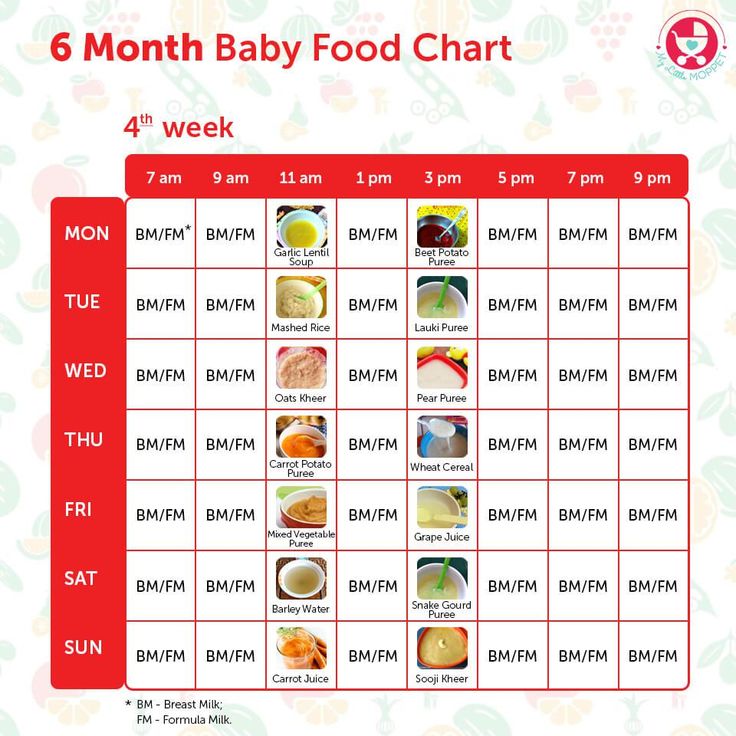 When organizing the nutrition of a child from 1 year old, it is necessary to take into account his increasing needs for energy and vitamins. Indeed, at an early age, a child needs building material for his body. Yes, and the volume of the stomach of the crumbs has increased, the digestive capacity of the gastrointestinal tract has increased, the intestinal microflora is gradually returning to normal.
When organizing the nutrition of a child from 1 year old, it is necessary to take into account his increasing needs for energy and vitamins. Indeed, at an early age, a child needs building material for his body. Yes, and the volume of the stomach of the crumbs has increased, the digestive capacity of the gastrointestinal tract has increased, the intestinal microflora is gradually returning to normal.
CONTENTS
1. Weekly menu for children 1 year old
2. Some rules of nutrition
3. An approximate set of products for one day for children 1-1.5 years old
4. How to make a diet?
Of course, it is not necessary to introduce food in pieces immediately. For example, from mashed potatoes and milk, you need to smoothly move on to puddings, casseroles and mousses.
Another important point: food prepared the day before loses most of its nutritional and beneficial properties, so the child needs to cook every day. Yes, it will take more time and effort than warming up a jar of baby food, but you are investing in the most precious thing you have - in children's health.
Milk and dairy products play an important role in the nutrition of children from 1 year old. As before, the diet of crumbs is based on them (taking into account all dishes, the consumption of dairy products should be 600 ml / day). If you have stopped breastfeeding by the year, then mother's milk can be replaced with special milk formulas for children after a year. Children's curds, yogurts, kefirs will become relevant.
As for meat or fish, these products must be included in the baby's daily diet. It is from them that the body receives the protein necessary for growth. Fish can be given 1-2 times a week, on other days - meat.
Fruits and vegetables remain a source of vitamins and trace elements, which can already be gradually given raw in the form of juices or salads.
Weekly menu for children 1 year old
| 1st day | |
breakfast 8. 00 (9.00) 00 (9.00)
Lunch 12.00 (13.00)
Dinner 20.00
at night 22.00
| |
| 3rd day | |
| breakfast 8.00 (9 with cheese-20/10g Lunch 12.00 (13.00)
Snack 16.00 9000 9000
at night 22.
| |
| 4th day | |
Breakfast 8.00 (9.00)
Snack 16.00 Dinner 20.00 9000 100ml at night 22.00
| |
| 5th day | |
breakfast 8.00 (9.00)
Lunch 12.
Dinner 20.00
| |
| 6th day | |
Breakfast 8.00 (9.00)
Lunch 12.00 (13.00)
Snack 16.
Dinner 20.00 Day | |
breakfast 8.00 (9.00)
Lunch 12.00 (13.00)
| - 150g Dinner 20.00
At night 22.00
|
The change in the diet occurs as follows: to train the chewing apparatus, more dense and solid food is introduced, and liquid and semi-liquid are gradually reduced.

To prevent your baby from turning away from a new dish, try to resort to a simple rule: food should look attractive and smell delicious. It is the aroma and appearance of the “goodies” that trigger the production of gastric juice. By the way, bright dishes will serve as an excellent assistant in this matter.
During the meal, do not put all the prepared dishes in front of the baby, the baby should receive the next portion only after he has eaten the previous one.
Make at least one meal a family meal, even if the child's overall diet does not match yours.
Gradually teach your child to set and clear the table. A three-year-old baby can already be asked to wash the dishes.
One-day meal plan for children aged 1-1.5
| Sugar | g | 40 |
| Salt | g | 3 |
It is necessary to draw up a menu for a child at 1 year old based on his needs: at the age of 1-1. 5 years, a child needs only 1000-1200 g of food, and this is not counting liquid dishes (150-200 ml of juice, 300 ml of tea, 300 ml of milk) Milk porridges and soups are good for breakfast, especially with the addition of fruits or dried fruits. An ideal dish would be lazy dumplings, as well as any omelettes or salads with eggs. By the way, salads in baby food should be seasoned with sour cream or vegetable oil, not mayonnaise. In addition, they need to be cooked immediately before serving.
5 years, a child needs only 1000-1200 g of food, and this is not counting liquid dishes (150-200 ml of juice, 300 ml of tea, 300 ml of milk) Milk porridges and soups are good for breakfast, especially with the addition of fruits or dried fruits. An ideal dish would be lazy dumplings, as well as any omelettes or salads with eggs. By the way, salads in baby food should be seasoned with sour cream or vegetable oil, not mayonnaise. In addition, they need to be cooked immediately before serving.
If the child has any disorders in the functioning of the gastrointestinal tract, then the menu should include pureed soups, cream soups and puree soups. By the way, any soup for a child is cooked on the second, or even on the third broth. For meat dishes, lean meats are preferred: turkey, chicken, lean veal. For fish dishes, also use low-fat varieties: sea bass, cod, pike perch, hake. Canned food, marinades and smoked meats are not desirable in cooking for a child.
Now about the sweet. Of course, who doesn't love sweets? And as soon as the child turns one year old, some grandmothers strive to treat the crumbs to something delicious. Sweets become the subject of constant disputes in the family. In this matter, the main thing is to stand your ground. Namely, excess sugar can lead to the development of diseases such as diabetes and obesity. So even in ready-made dishes it is worth adding jam or jam, and less sugar.
Of course, who doesn't love sweets? And as soon as the child turns one year old, some grandmothers strive to treat the crumbs to something delicious. Sweets become the subject of constant disputes in the family. In this matter, the main thing is to stand your ground. Namely, excess sugar can lead to the development of diseases such as diabetes and obesity. So even in ready-made dishes it is worth adding jam or jam, and less sugar.
You should also not overdo it by increasing the child's portions. The entire required volume should be evenly divided during the day into 5-6 doses. If you reduce the number of meals by increasing portions, this can lead to indigestion and a deterioration in the appetite of the crumbs.
| Breakfast 9.00 | 20-25% daily diet |
| lunch 13.00 | 35-40% daily diet |
| 15% of the daily allowance | |
Late dinner 22. 00 (23.00) 00 (23.00) | 5% of the daily ration |
At the same time, the qualitative composition of the diet should look something like this:
- Proteins - 20%
- Fats - 20%
- Carbohydrates - 60%
It is recommended to combine various types of cereals with milk - milk soups, milk noodles. You can use special children's yogurt in the diet of children - it contains valuable components: protein, fat and calcium, which are necessary for the development of the child. You can add fresh fruits and berries to yogurt.
Russian Union of Pediatricians
0003
Nutrition for children from 1 to 3 years
The period from 1 to 3 years of life is a crucial stage in the transition to an adult type of nutrition, which has certain features. In order to ensure that all the necessary nutrients enter the child's body and at the same time prevent an excess of individual nutrients, nutrition should be balanced and varied.
The daily amount of food for children aged 1 to 1.5 years should be 1000-1200 g, from 1.5 to 3 years - 1200-1500, the amount of food in one feeding should not exceed 300-350 ml. The diet consists of three main meals per day and two snacks. It is considered optimal when breakfast is 25% of the total energy density of the diet, lunch is 30–35%, dinner is 20%, and additional meals are about 10%. In general, the child can eat the same food as the rest of the family.
In the nutrition of a child of 1-3 years of age , must be present daily: animal or poultry meat, dairy and sour-milk products, vegetables, fruits, bread, cereals, vegetable and butter; fish and eggs are included in the diet 2-3 times a week.
Cereal products: bread - 2-3 servings per day, cereals and side dishes - 1 time per day
Fruit and/or vegetables: at least 5 times a day
Dairy products: at least 3 servings per day (including those used to make cereals, yoghurts, fermented milk drinks, cottage cheese, infant formula or breast milk).
Domestic pediatricians recommend, when compiling a diet for children aged 1–3 years, preference should be given to specialized children's dairy products of industrial production that meet high quality requirements and safety indicators for this age. Most children's dairy products are additionally enriched with vitamins and/or minerals and other biologically active components, taking into account the physiological needs of children of this age. At the same time, in foreign recommendations, children over 1 year old are offered the gradual introduction of whole cow's milk, which is rich in fats necessary for proper growth and development, the absorption of vitamins A and D, the development of the child's brain and nervous system.
Meat dishes: 2-3 times a day
Fish dishes: 2-3 servings per week
Eggs: 2-3 per week
Dietary fats: 3-4 teaspoons of butter and/or vegetable oils per day
When cooking, use the minimum amount of salt and sugar, and do not add them to industrial products.

 00
00  00
00 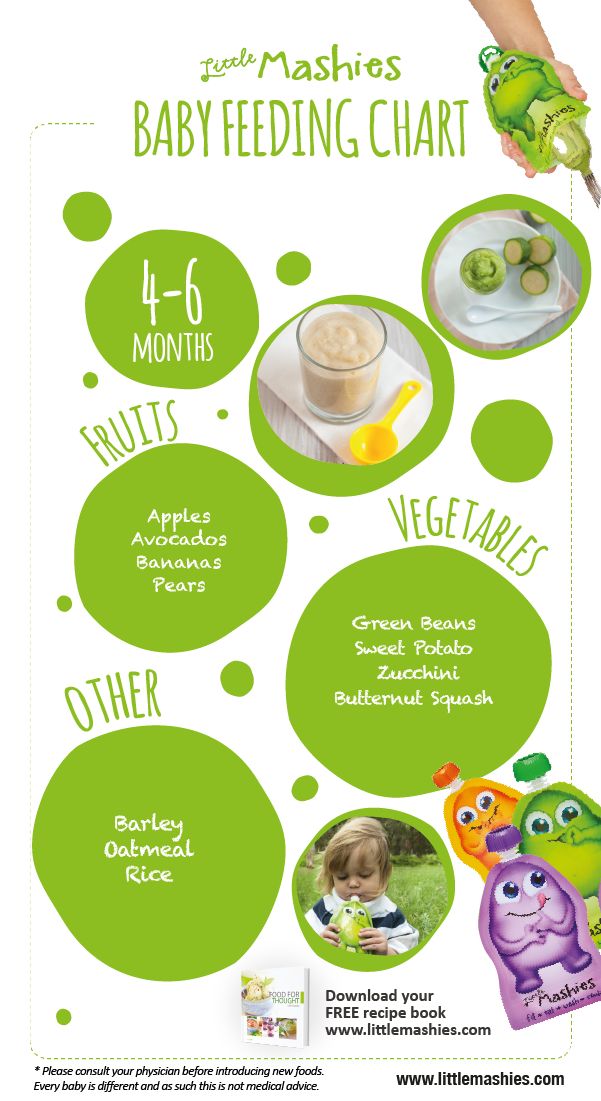 00 (13.00)
00 (13.00)  00
00 




